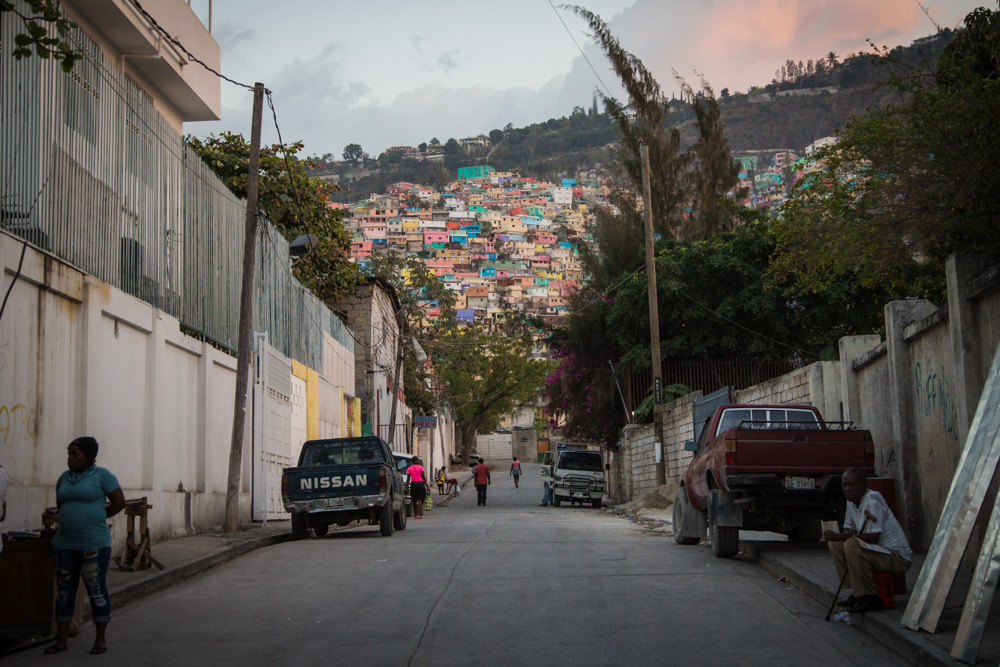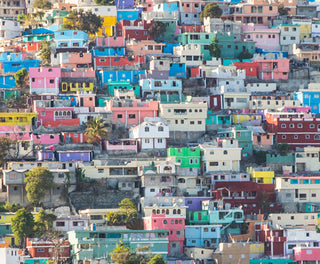I woke up in Port-au-Prince, Haiti.
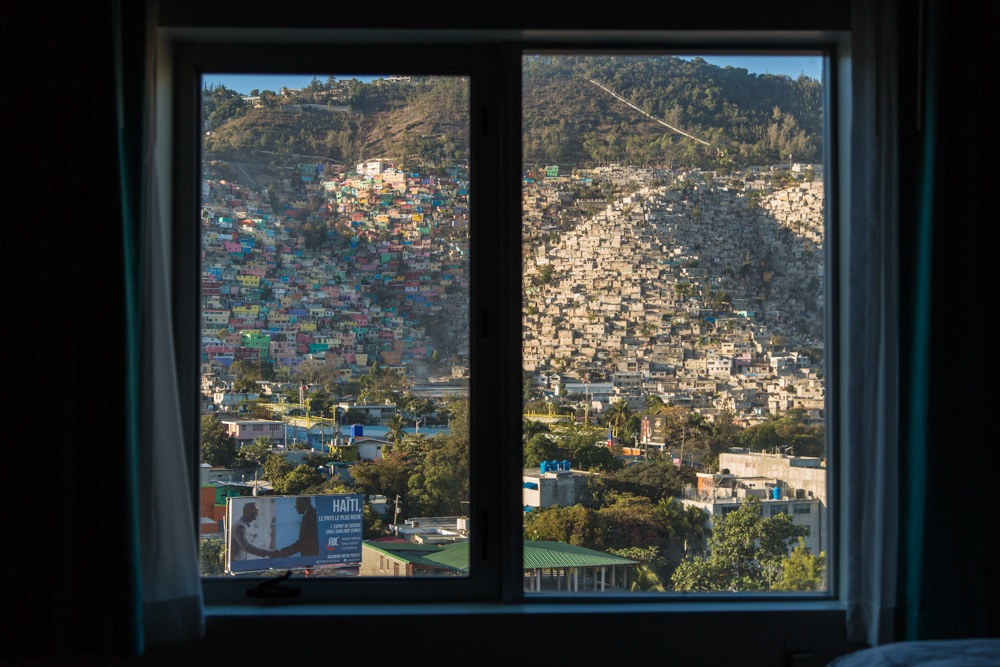
My window directly faces the shantytown of Jalousie, painted a rainbow of pastels by the government after the 2010 earthquake.
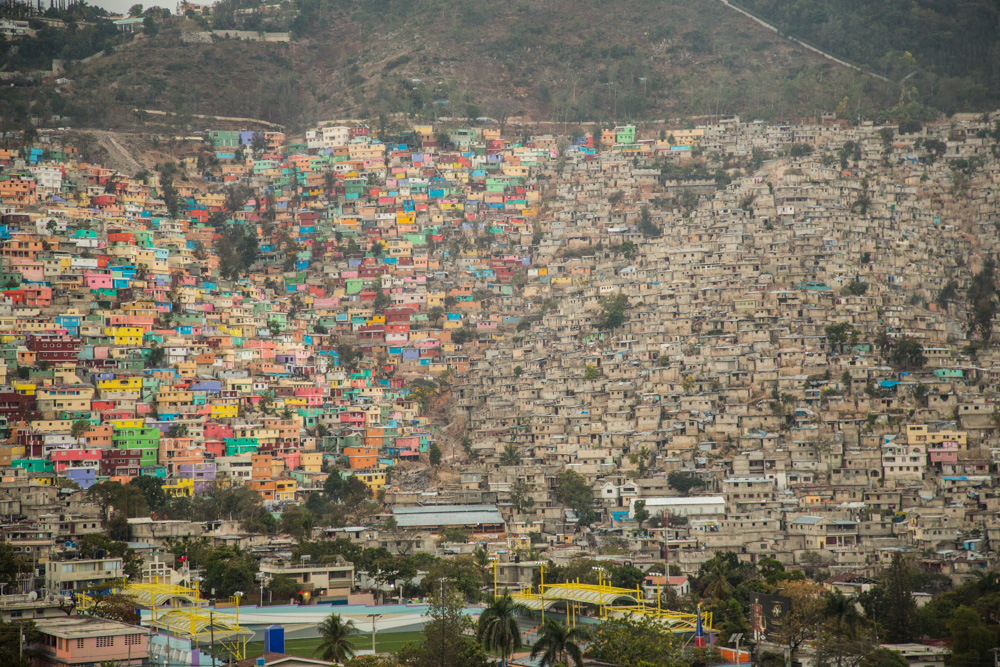
Sheltering 50,000 people in 1,300 “homes,” the colors are a false veneer of hope to the rest of the world, as these are basically slums with no running water or toilet facilities. The structures are precariously built on top of each other outside of any safety regulations. When the sun sets, there’s but a sprinkle of lights splattered across the hill, as electricity is rare.
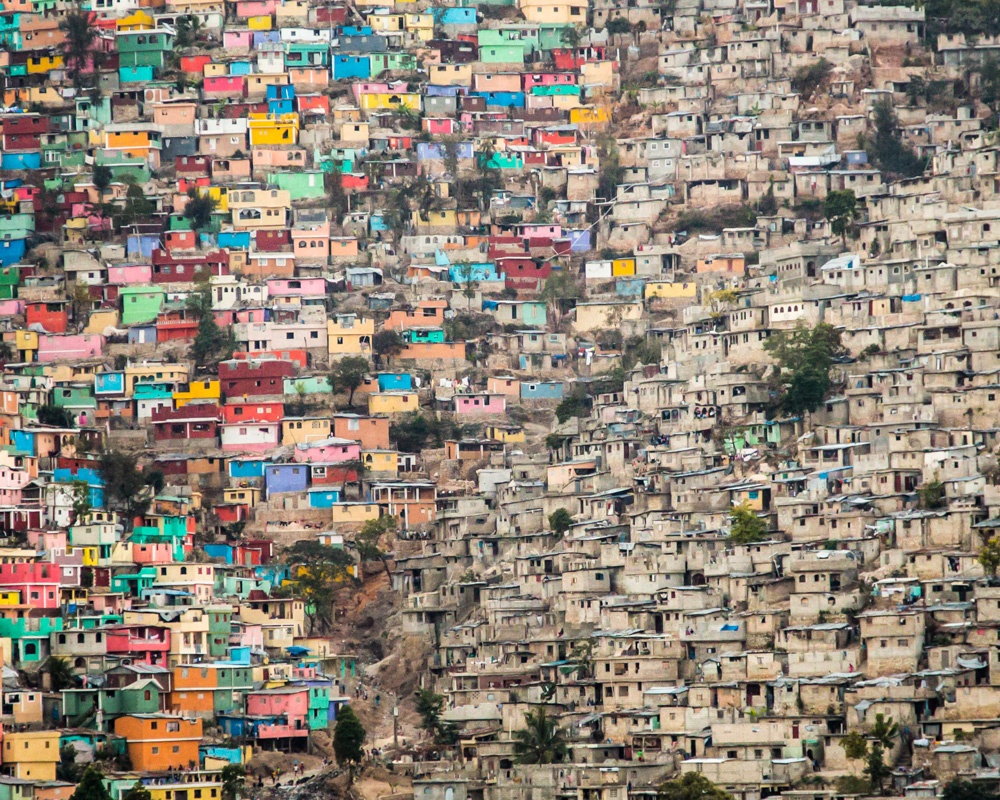
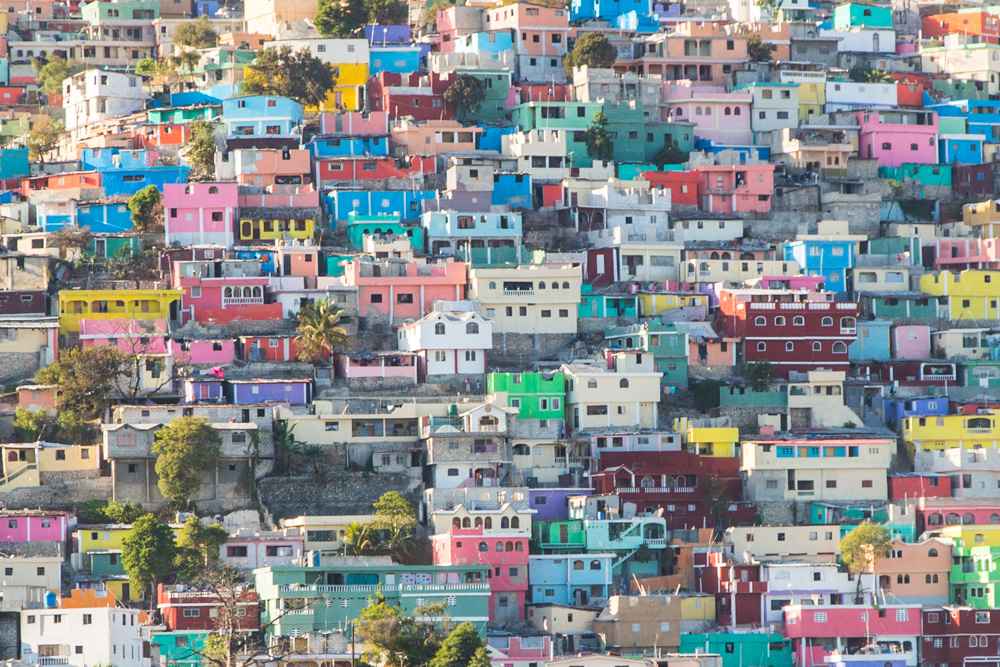
Some sights around town in the early morning:
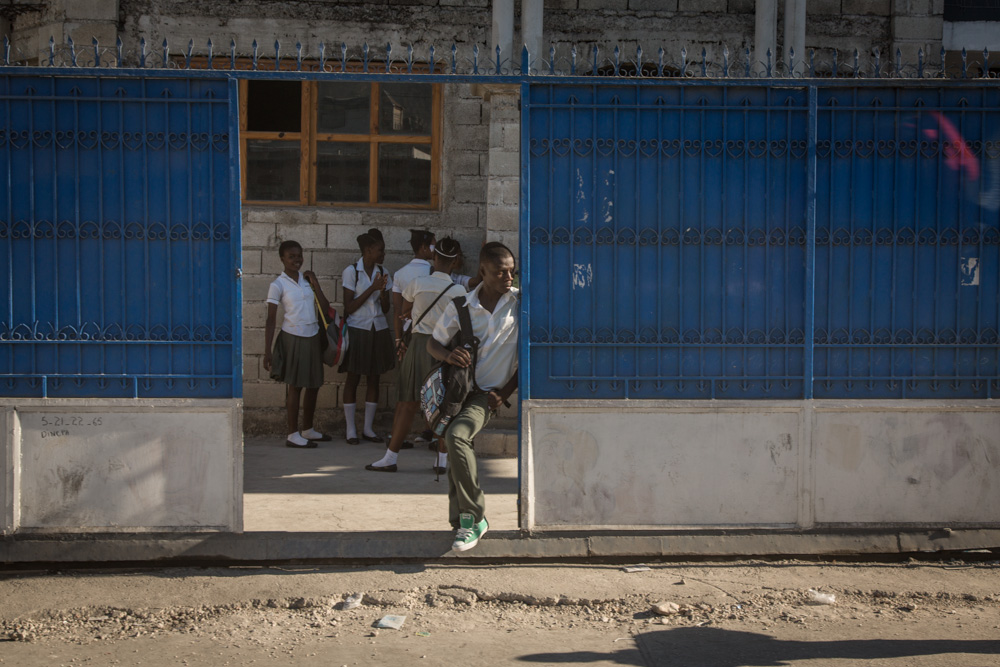
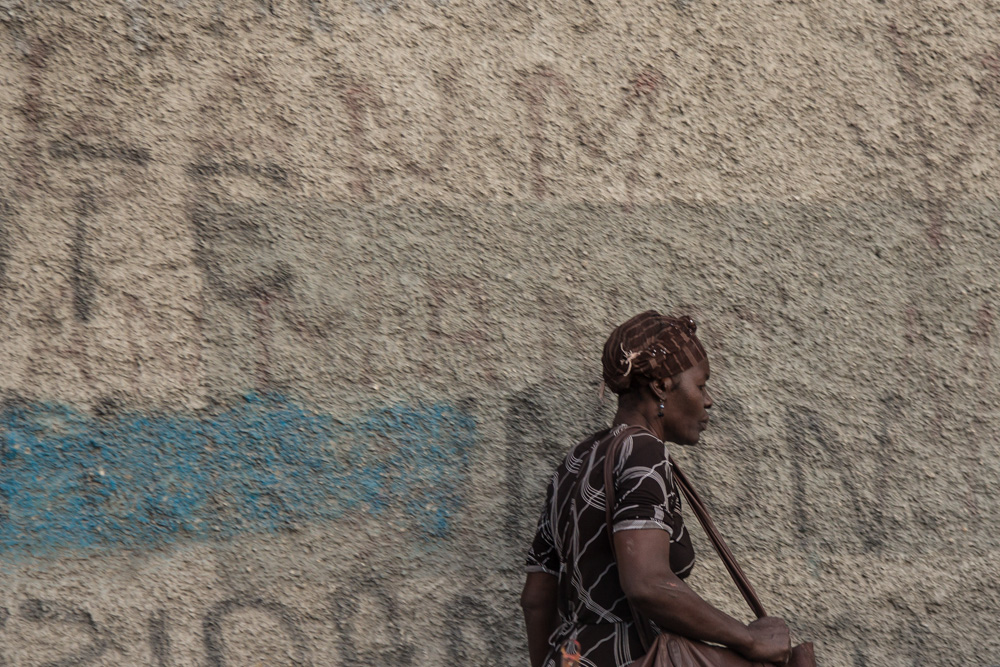
A big chunk of the traffic is composed of “tap taps,” privately owned pickup trucks and vans that serve as public transportation. They only hit the road if entirely full of passengers. Most trucks have a crude steel addendum added to the tailgate just to make room for a couple more. Tap taps are always denoted with bold and vibrant custom paint jobs, and usually adorning Bible verses or praise to Jesus.
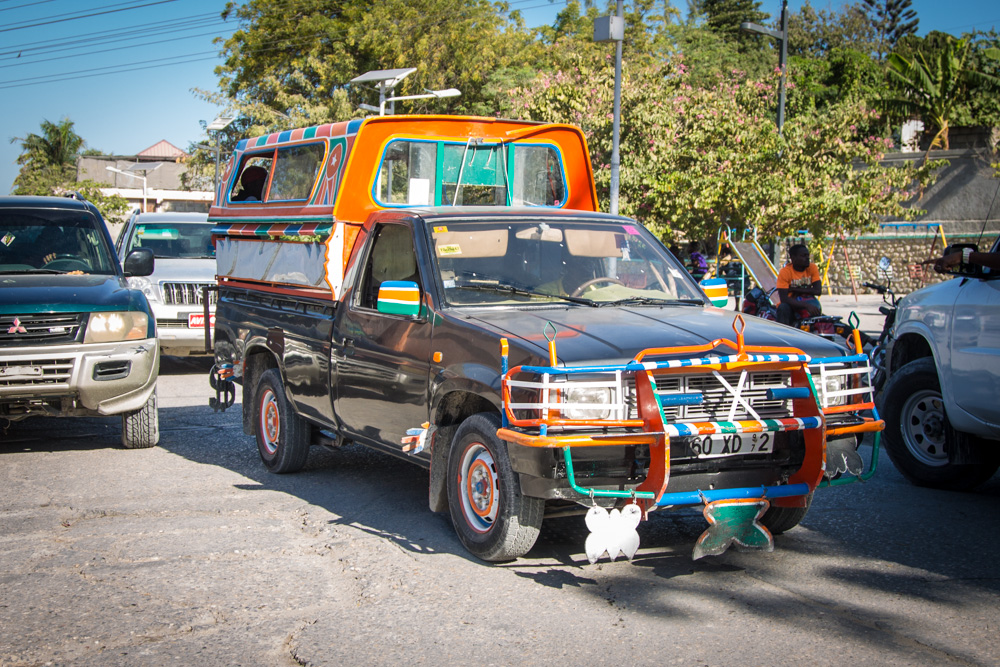
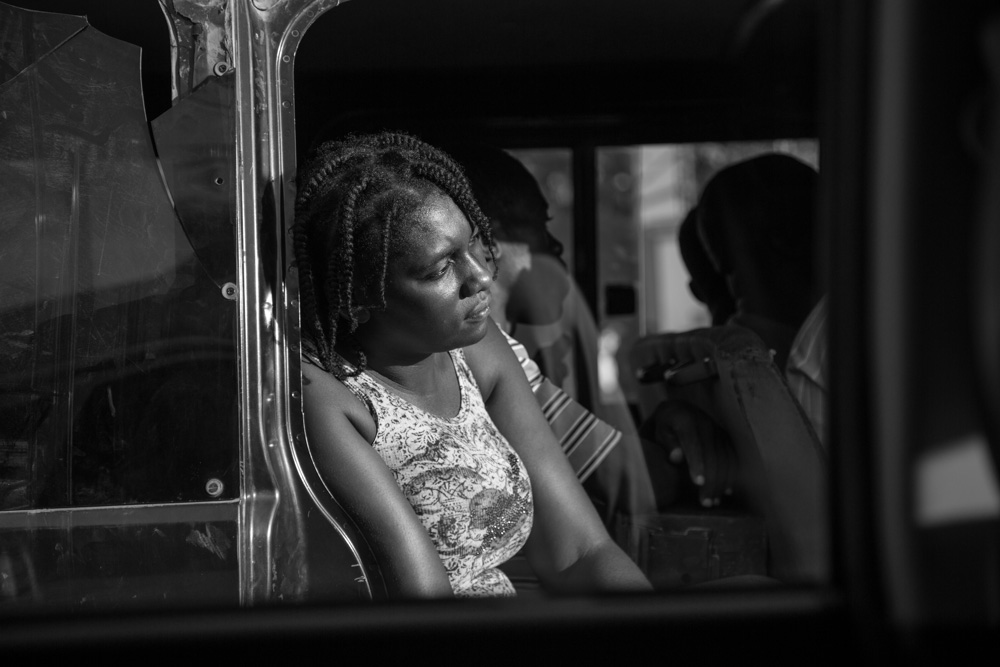
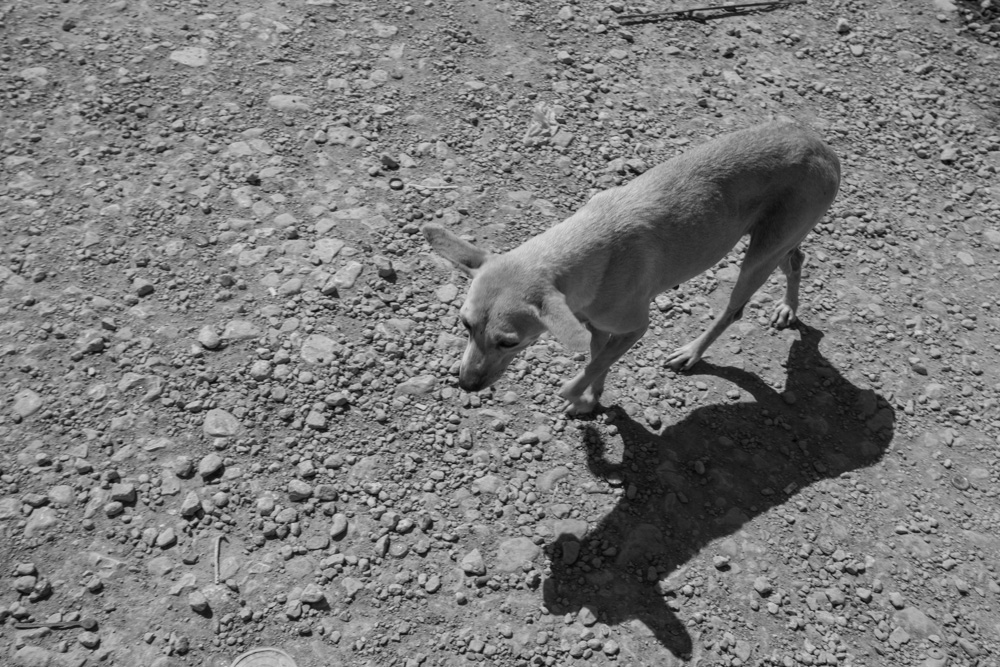
Haitians hustle harder. For many citizens, their best bet at a career is lining up at the Embassy in the morning to apply for a visa to move elsewhere. Driving around the city, you’ll see that the sidewalks are choked with makeshift vendors, selling scraps, knick-knacks, bathroom supplies, and chewing gum. Everyone’s got an angle.
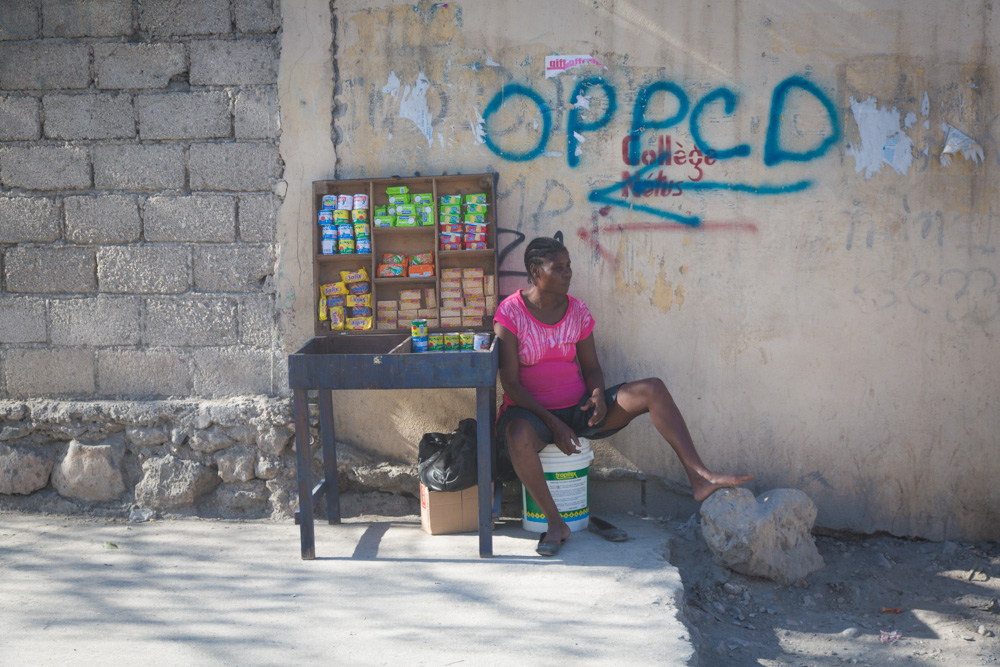
For example, since refrigerators are virtually nonexistent here, these guys are wheelbarrowing around, and selling off, chunks of ice.
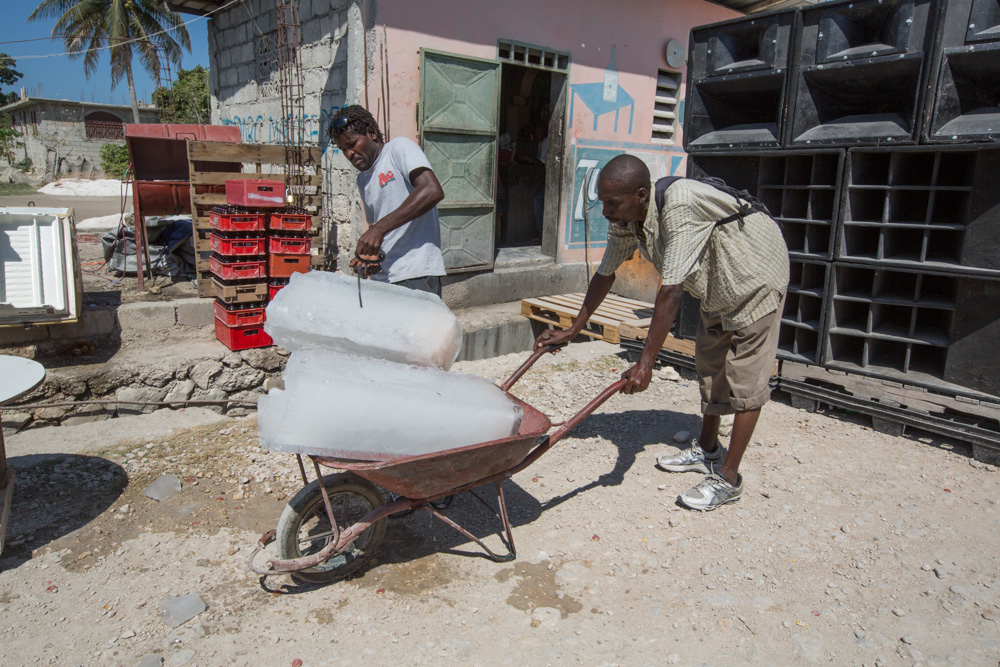
This is National Water, Haiti’s primary drinking water provider.
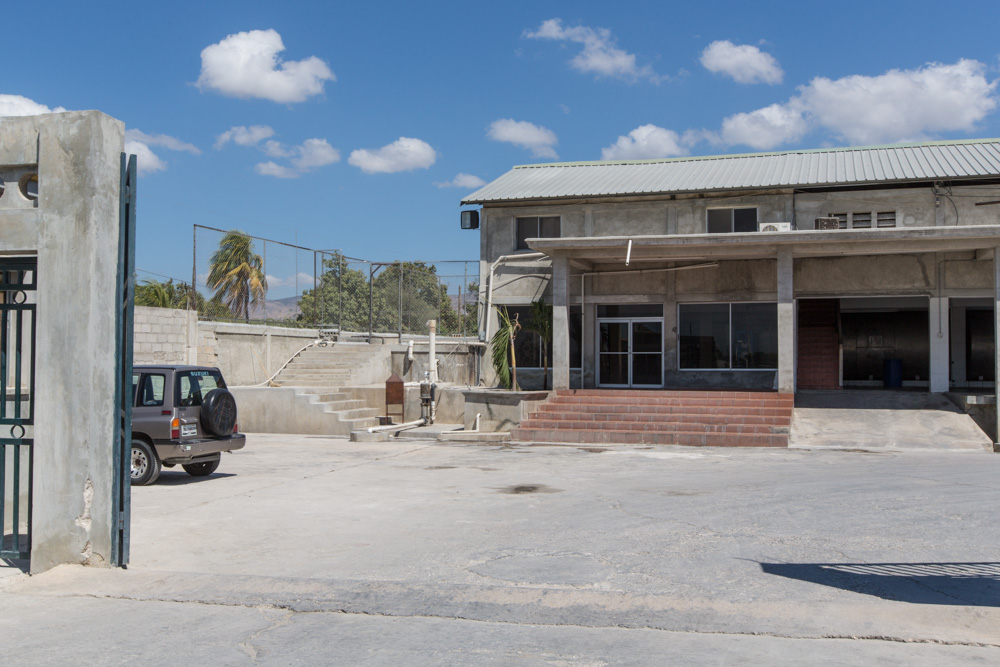
Andrew MacCalla shows us inside one of the icemaking facilities. Embedded under those brown slats are large sheaths of ice that spend the day freezing.
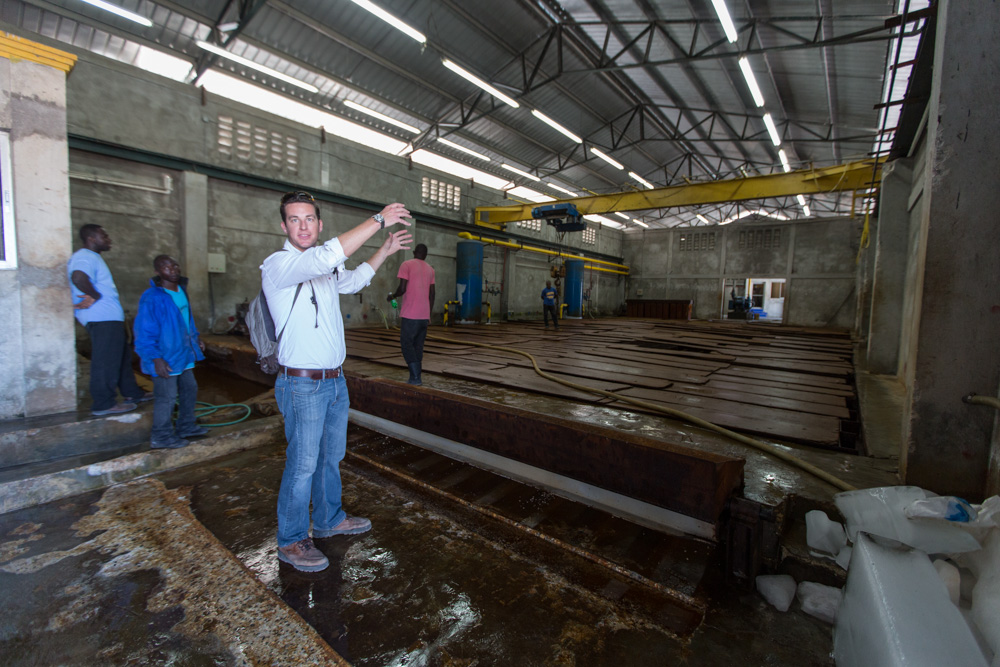
At night, the workers unearth the tablets of ice, which are then sold off to vendors.
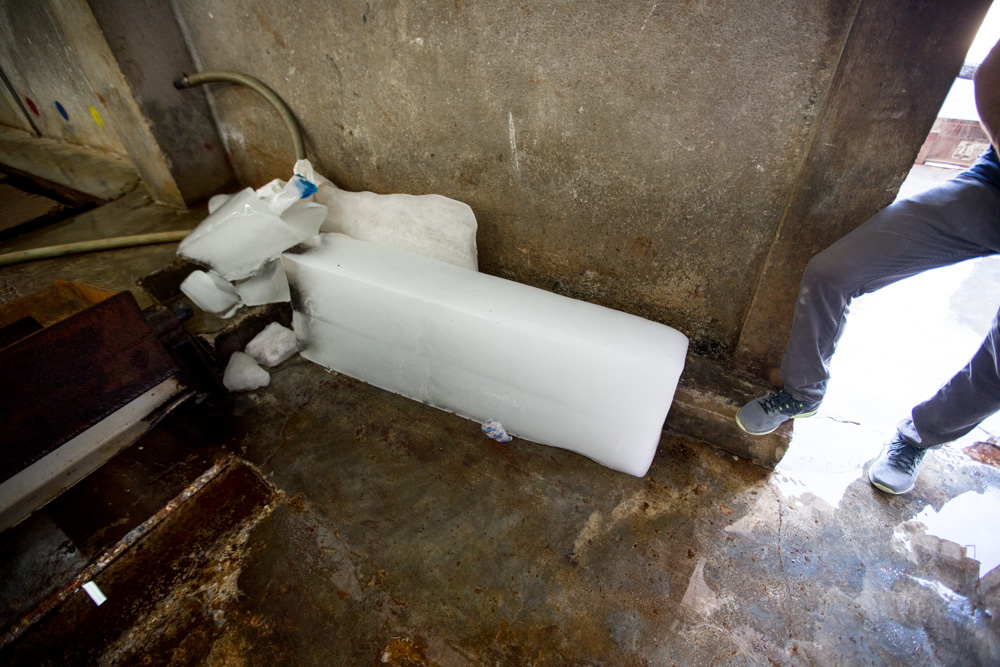
National Water’s main output are these baseball-sized plastic bags of purified drinking water, which runs through their extensive filtration system.
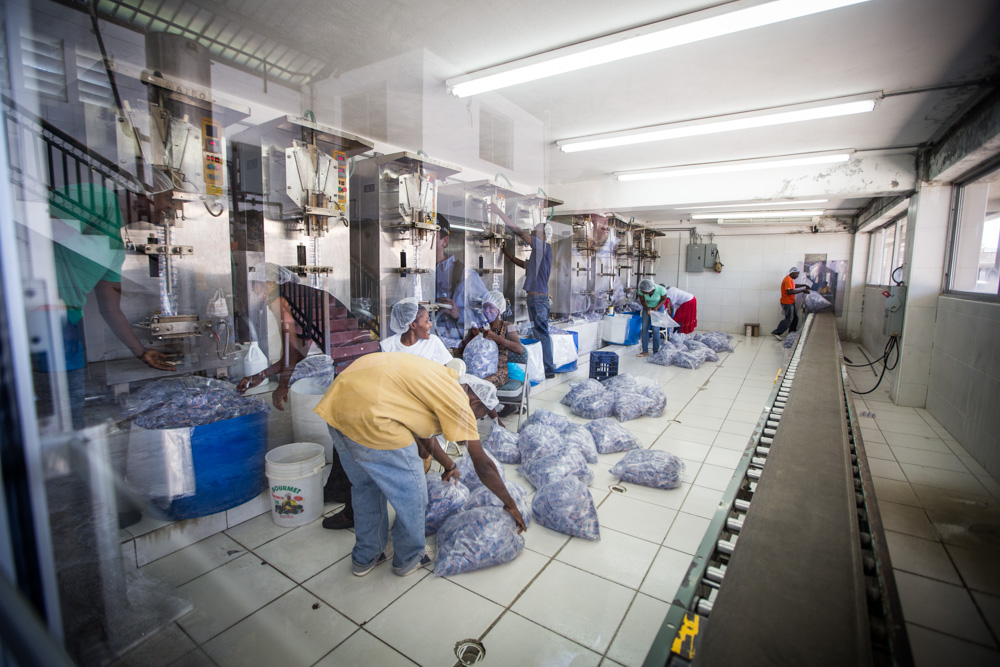
Even the defective bags and loose scraps aren’t wasted. They’re recycled back into tiny plastic pellets, which go full circle, right back into being bags for water.
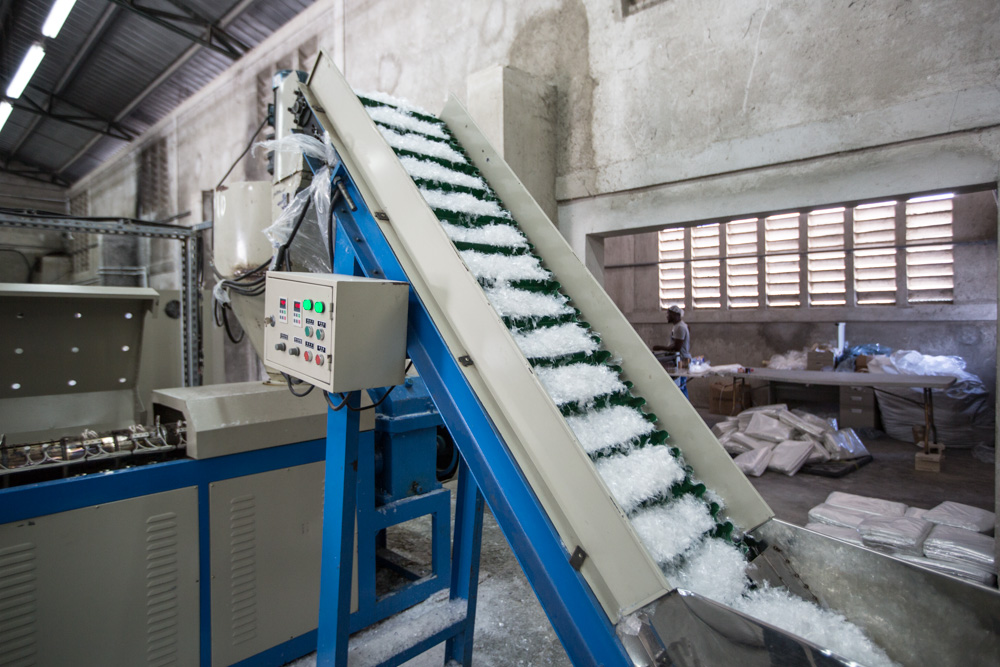
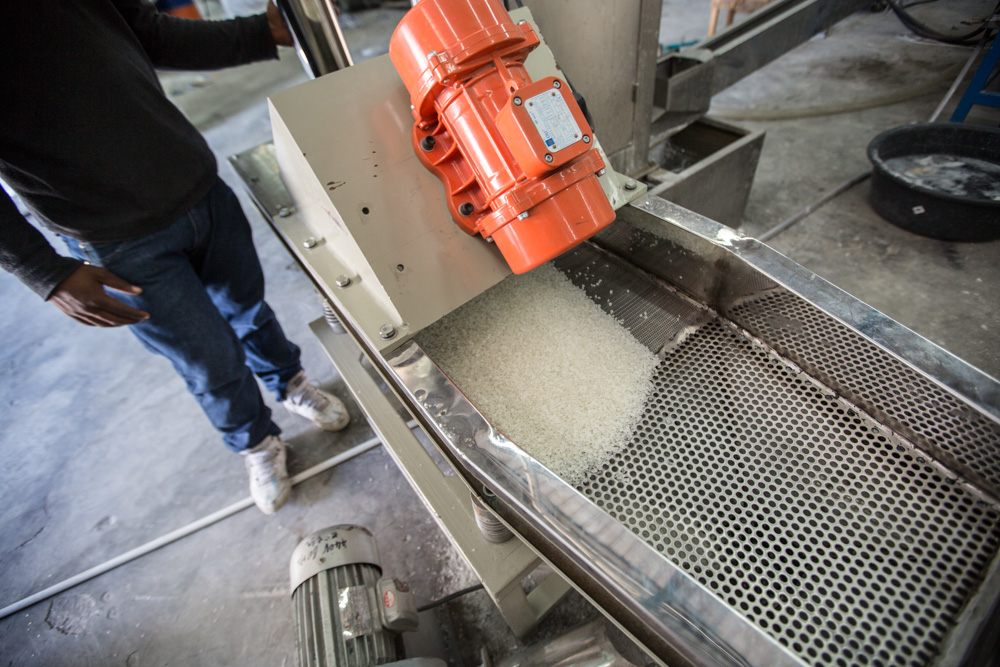
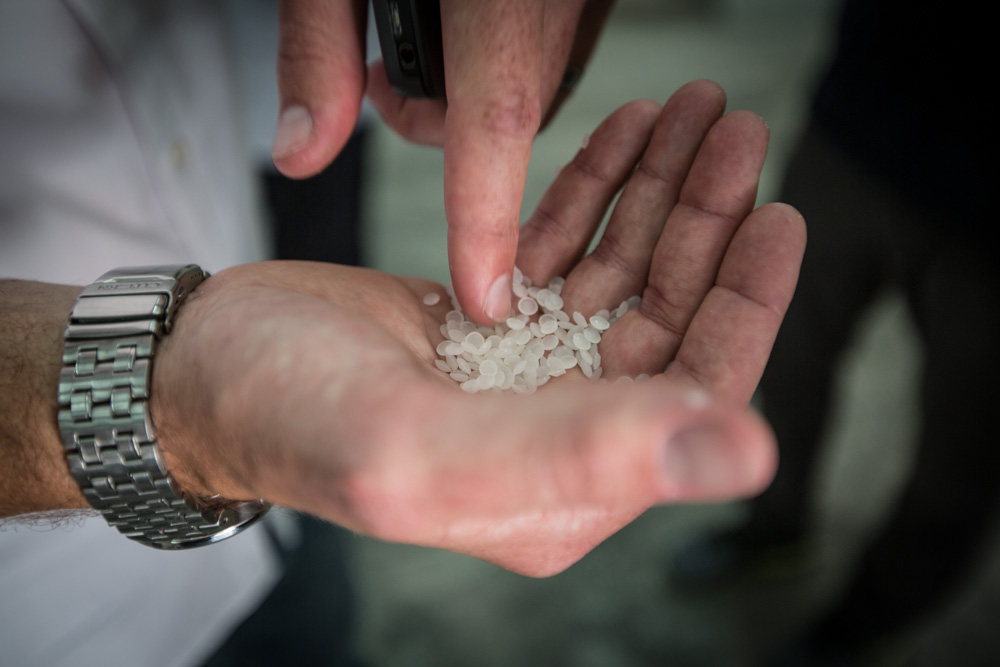
With a dismally vacant job market and a poorly educated and low skilled workforce, Haiti’s biggest challenge is building its own sustainable economic infrastructure independent of outside assistance. Surtab is a winning example of a local company employing and training its own. The tablet manufacturer runs its applicants through a rigorous process. Starting with 50 candidates, they must pass through a number of tests to make it down to the final 15. From there, 5 finalists move on to work at Surtab and are well compensated. Operating on an Android 4.2 platform, Surtab puts out about 10,000 tablets a month, filling the demand for this sort of technology in Haitian education and the workplace. Even you can buy one off their site HERE.
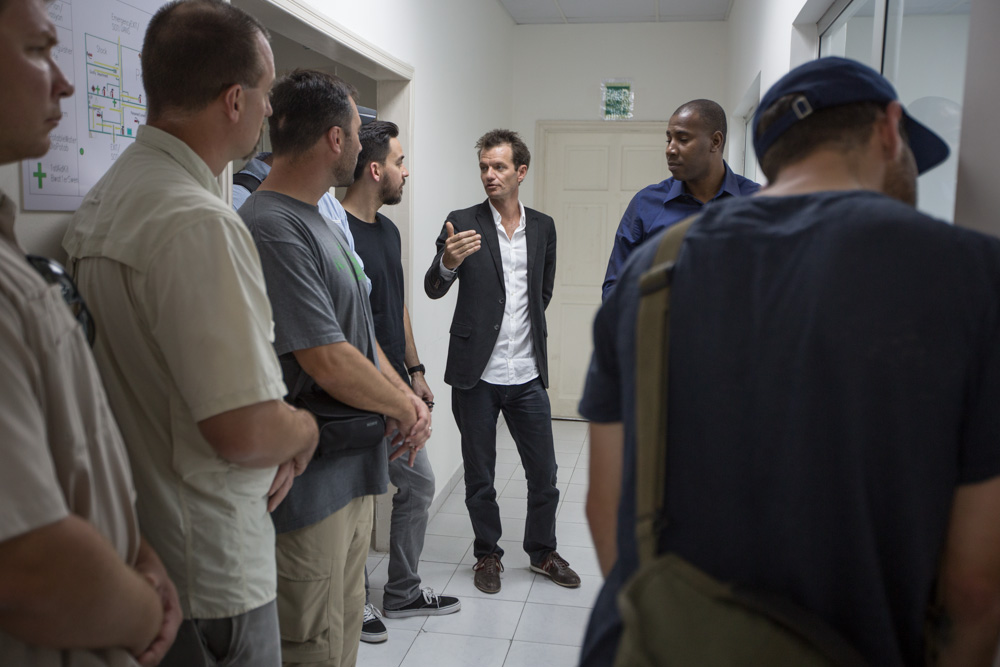
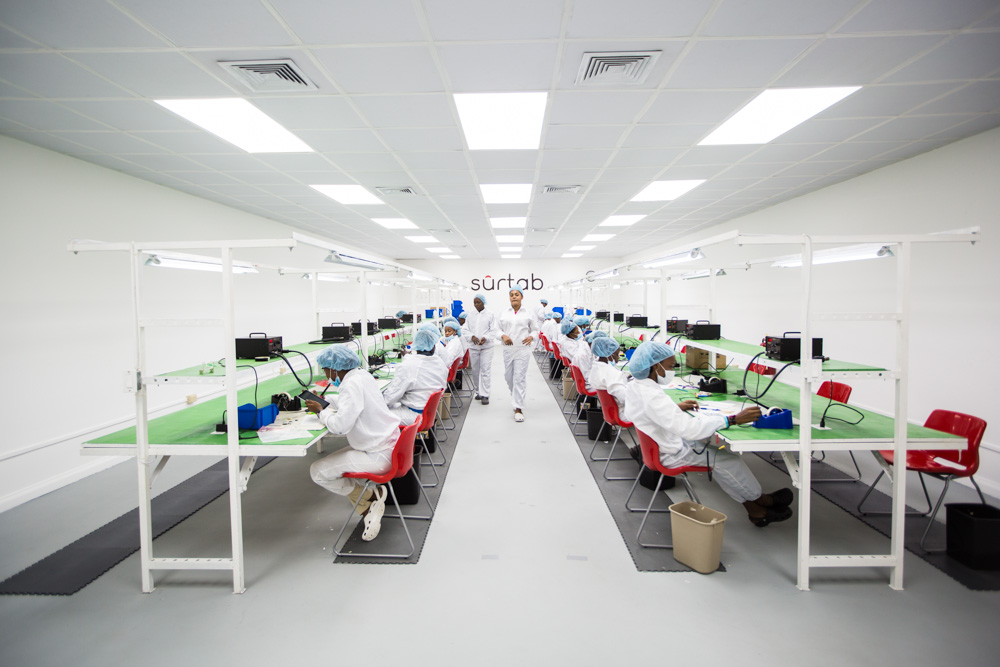
And I’ll leave you with some new friends I made in Haiti, home to the most beautiful people I’ve ever seen in my travels.
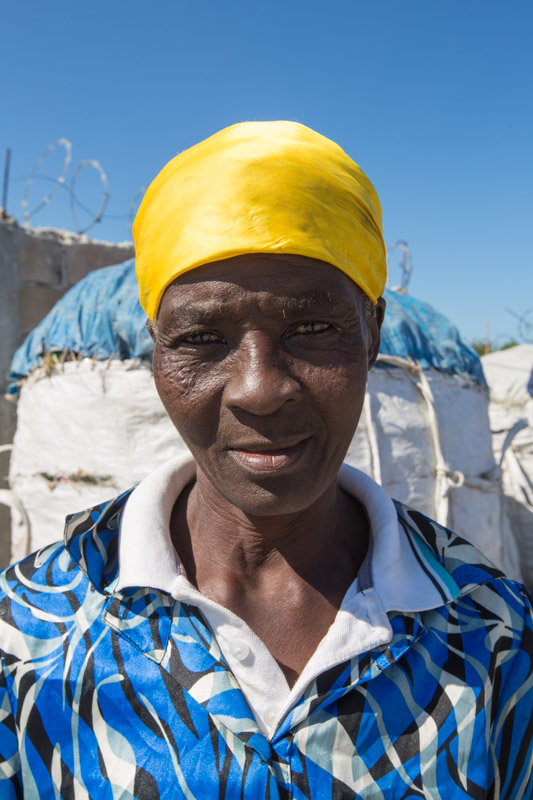
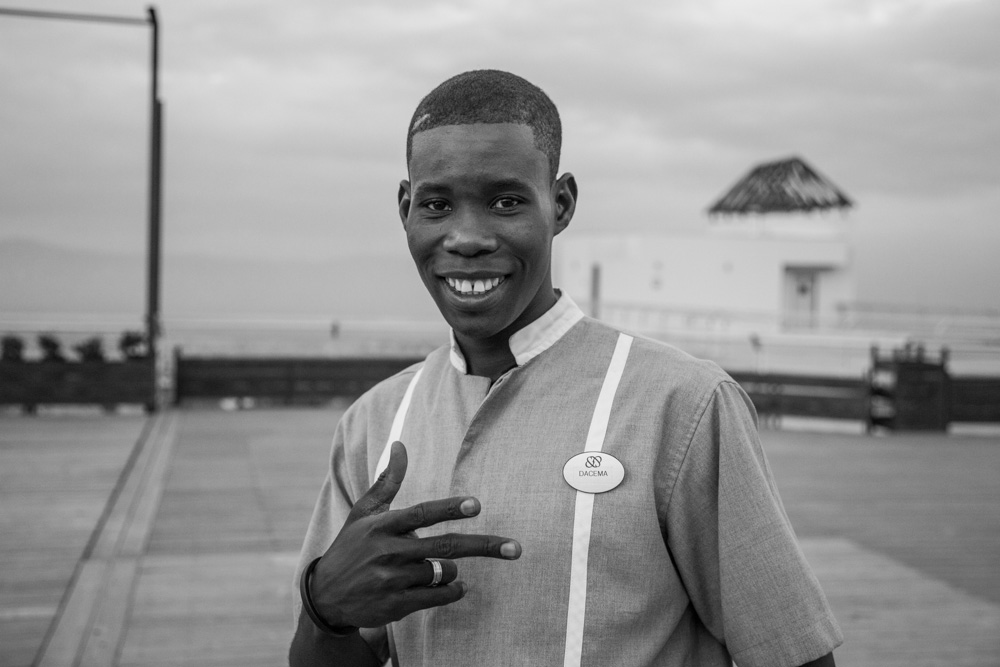
Think of Haiti.
